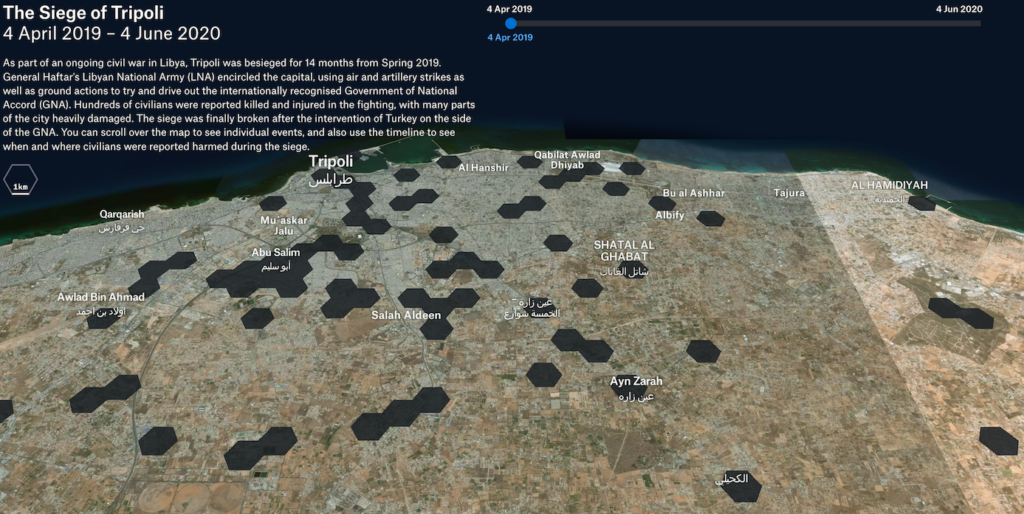The Libyan Government of National Accord was the internationally-recognised government of Libya for the period 2015-2021. Its forces played a major role in the Libyan Civil War, in particular in conflict with the Libyan National Army of General Khalifa Haftar.
Airwars documented allegations of civilian harm from GNA and allied military actors throughout the Libyan Civil War.

